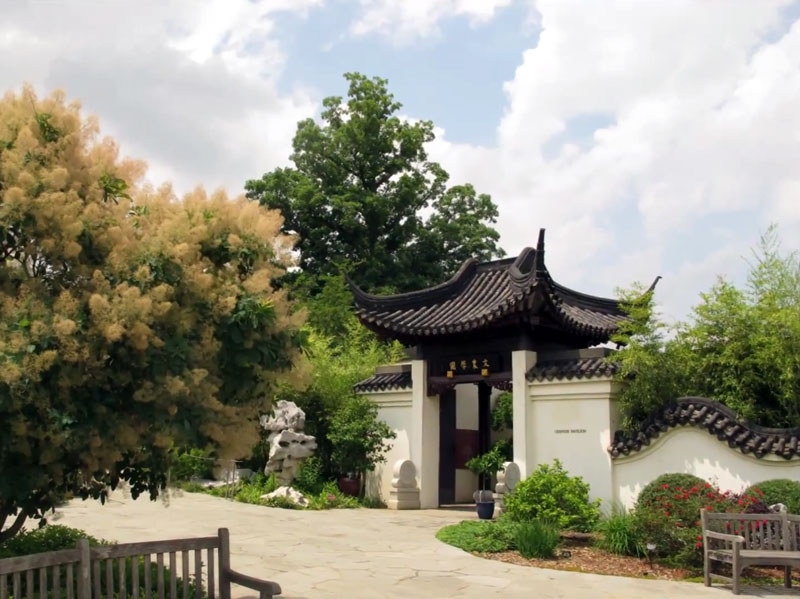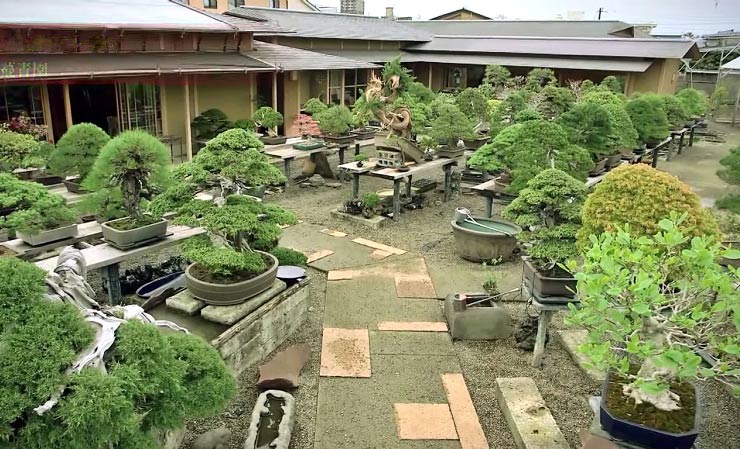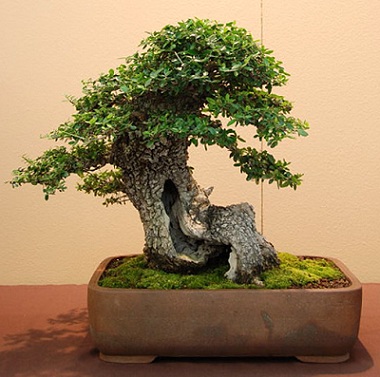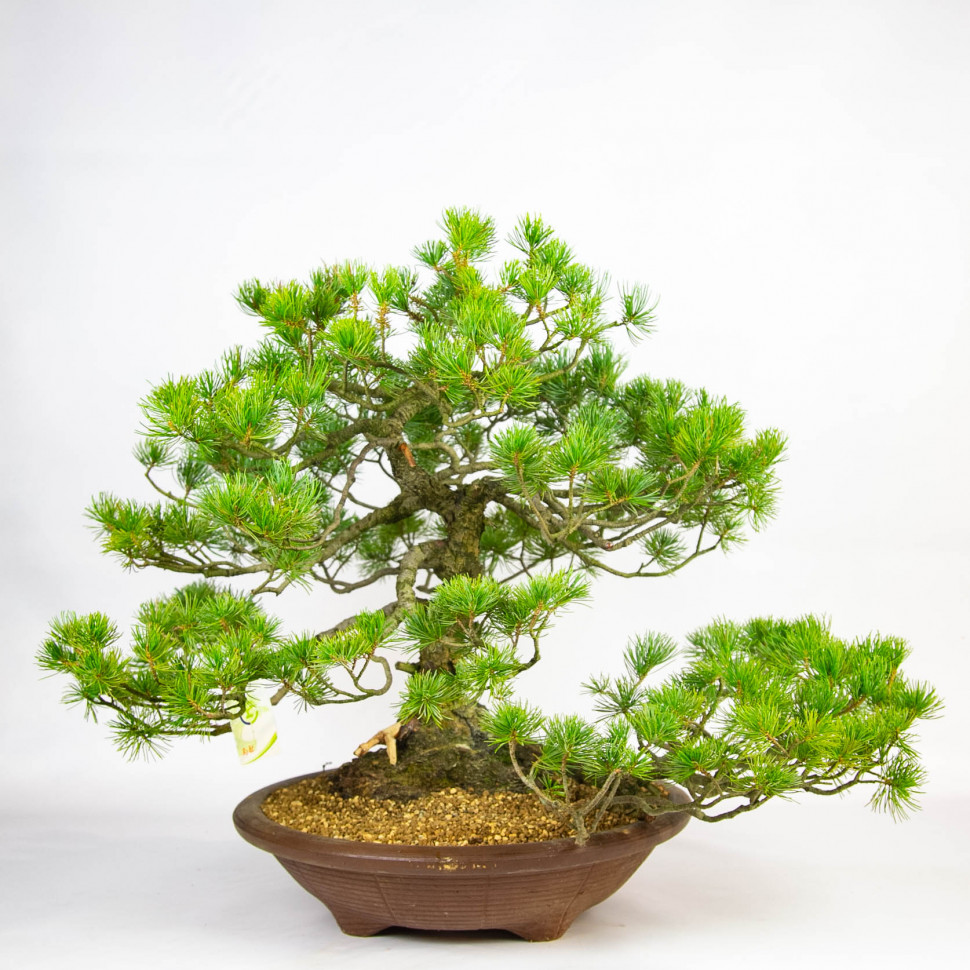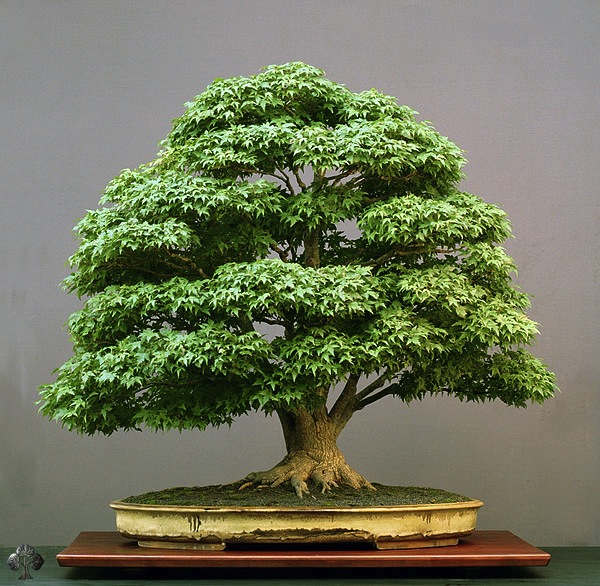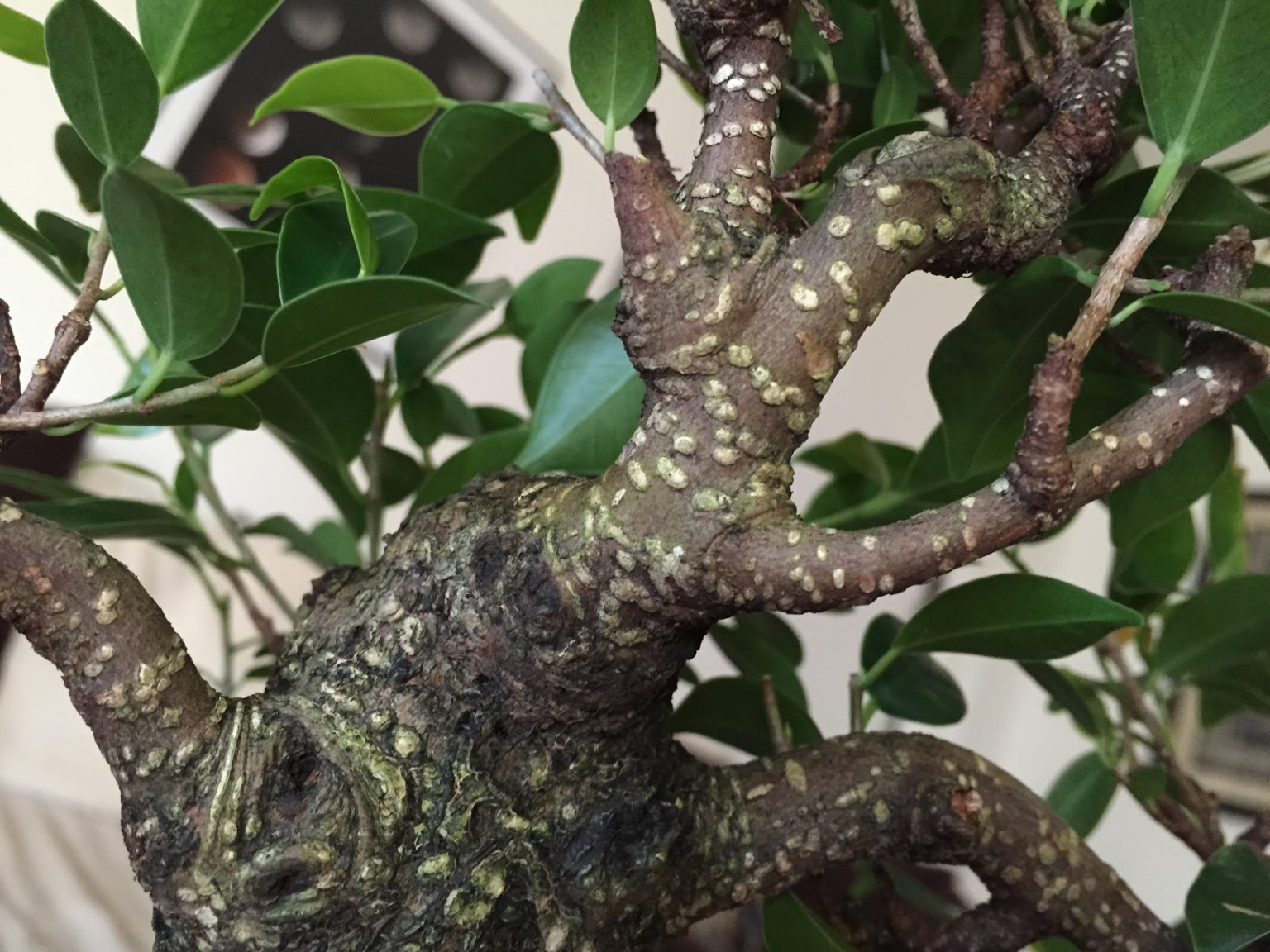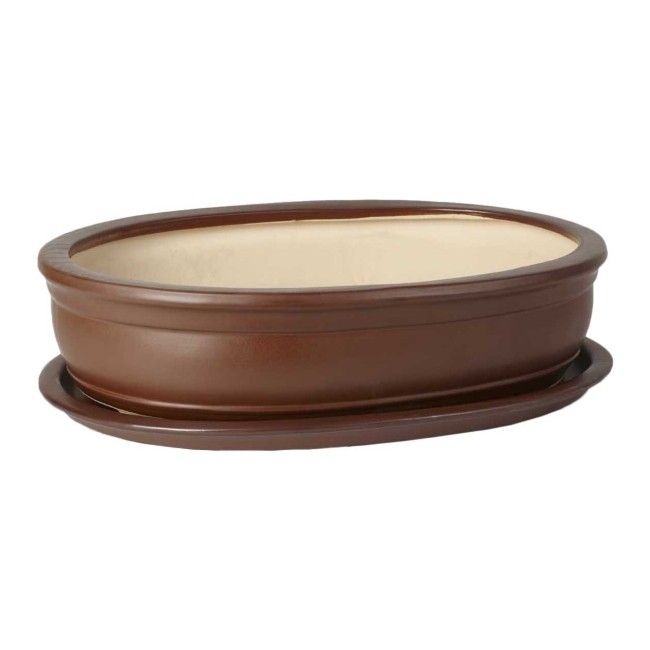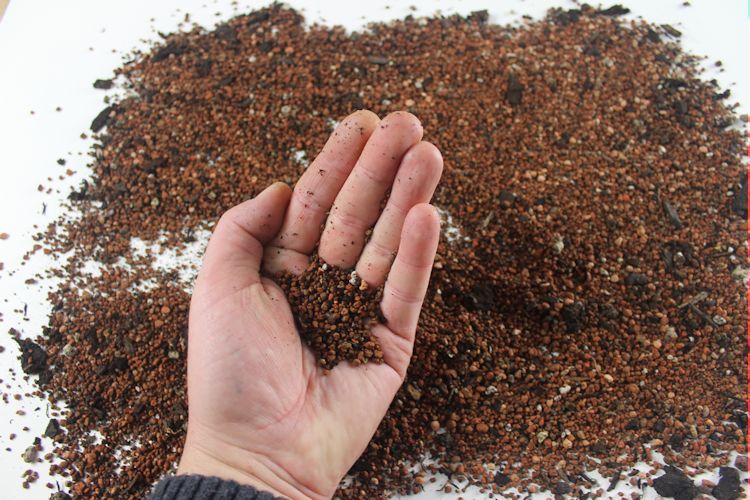The fat plant, also known to most plant lovers as the "Money Tree", is known in the botanical world as Crassula. It has thick, fleshy, watery leaves arranged opposite each other and a trunk that helps store water. It blooms in early spring, producing small flowers at the ends of the shoots.
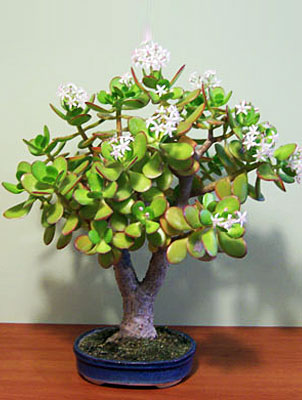
Crassula is a fairly unpretentious plant that even beginners can grow. Thanks to its tree-like shape, it is perfect for bonsai.
For people who do not have enough patience and want to see the results of their work as soon as possible, the money tree is one of the best options for growing bonsai.
Soil:
Clay soil, sand and transplanting soil in a ratio of 3:2:1. Renew the soil each time you replant the plant.
Lighting:
A very light-loving plant. Does not require shading from direct sunlight. In summer it can be placed outdoors.
Temperature:
In summer the temperature is moderate, in winter not below 10° C.
Watering:
In summer, watering is moderate, it can be reduced to twice a week. It tolerates slight dryness. In winter, the soil should be dry. Water the fat woman with warm tap water. Spraying is not required.
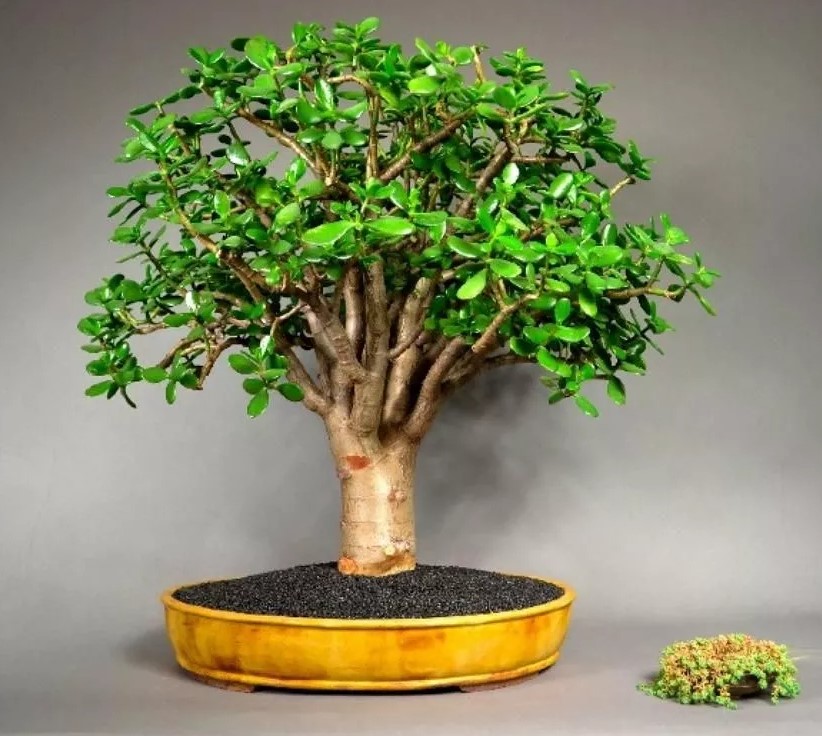
Top dressing:
From spring to autumn, feed the money tree once a month. In winter, no feeding is required.
Formation:
For experienced bonsai growers, the plant is not very interesting, as it has a natural shape by nature. The crown is changed by removing the necessary branches. Young branches can be formed with wire, but be careful, they are quite fragile and the wire grows into the trunk very quickly. Long shoots are cut, leaving several pairs of leaves.
Purchasing a plant:
The fat woman readily propagates by cuttings. The plant is often found among beginning bonsai lovers. It is widely represented in flower shops, if you find an old tree, it will serve as excellent material.
Pests and diseases:
Susceptible to scale insect infestation.

